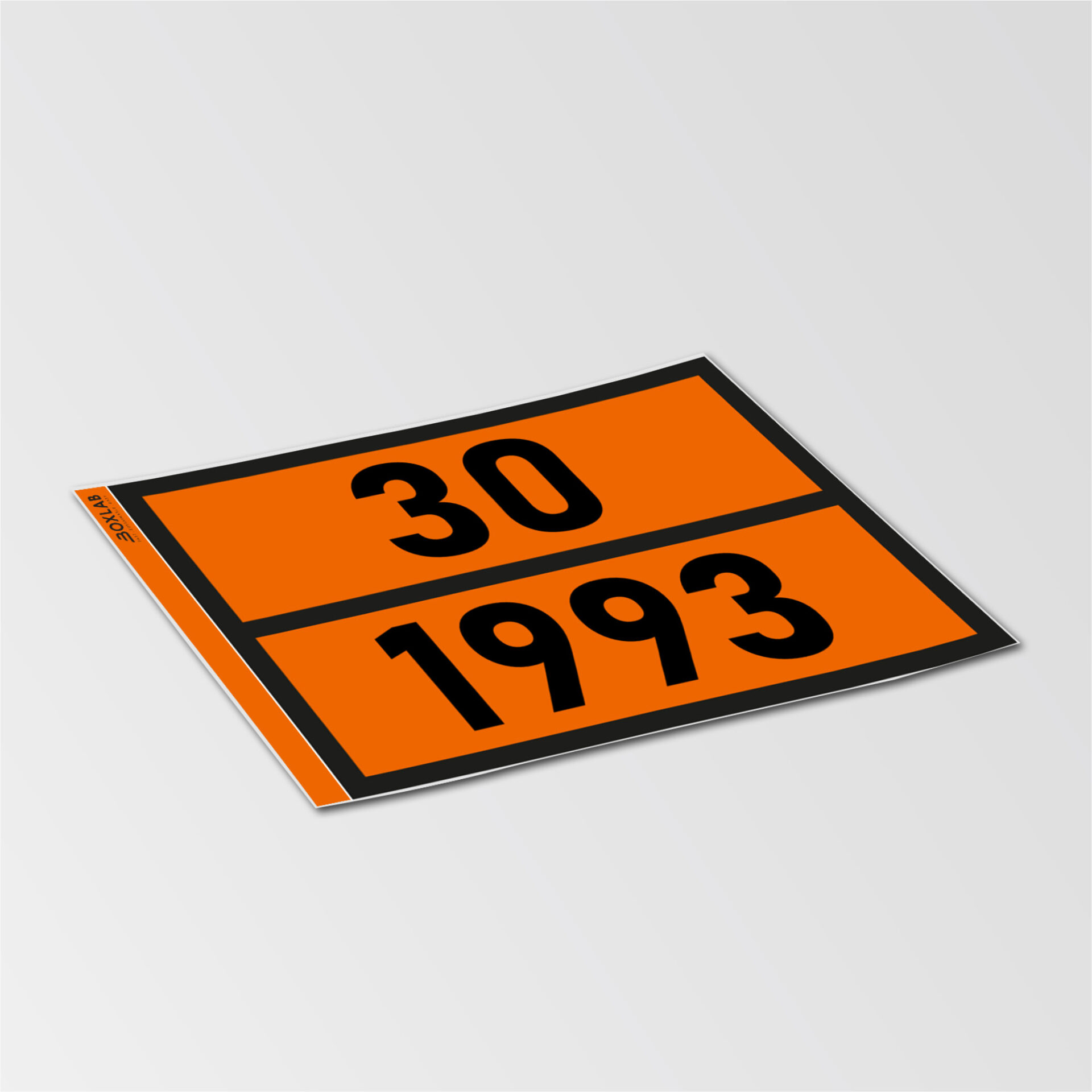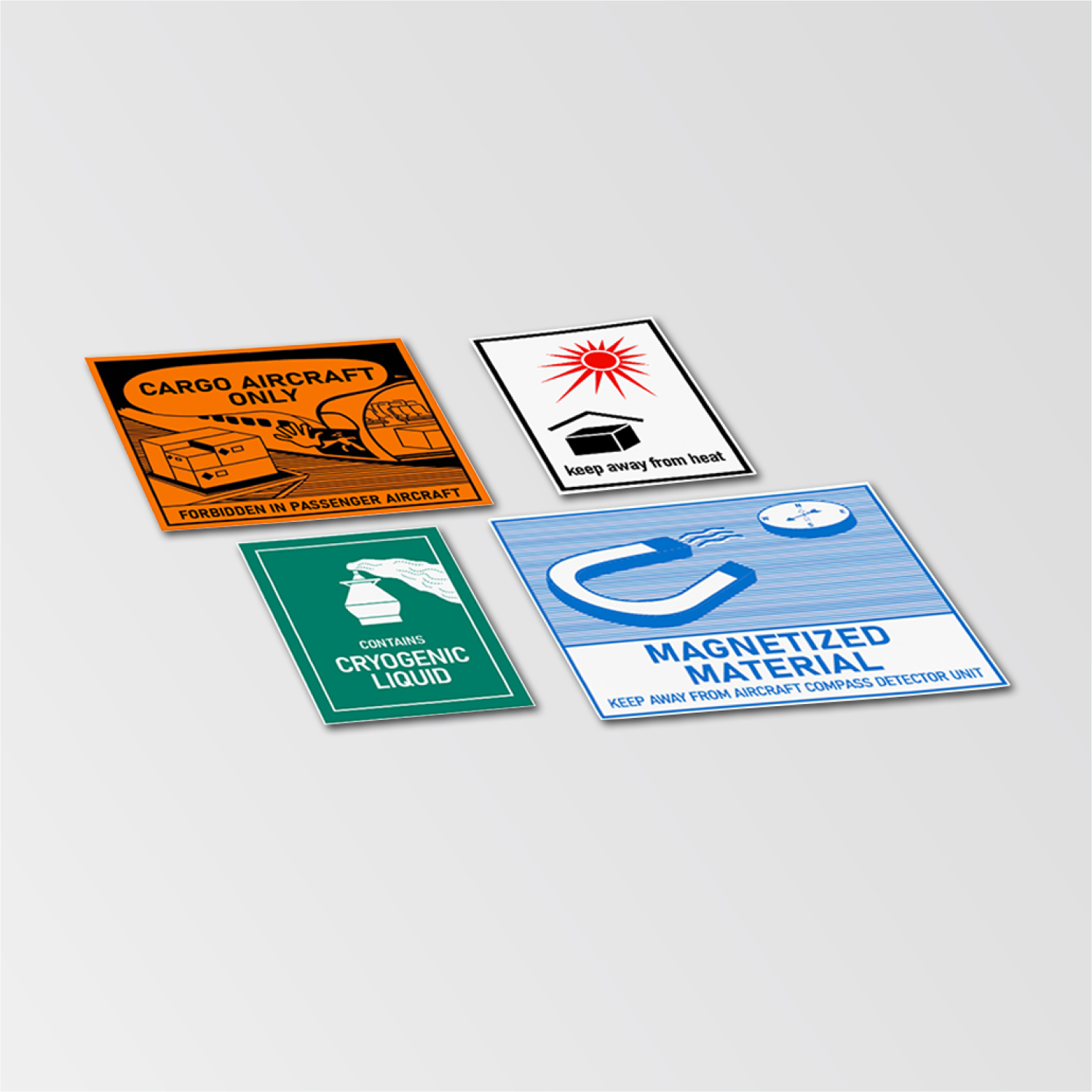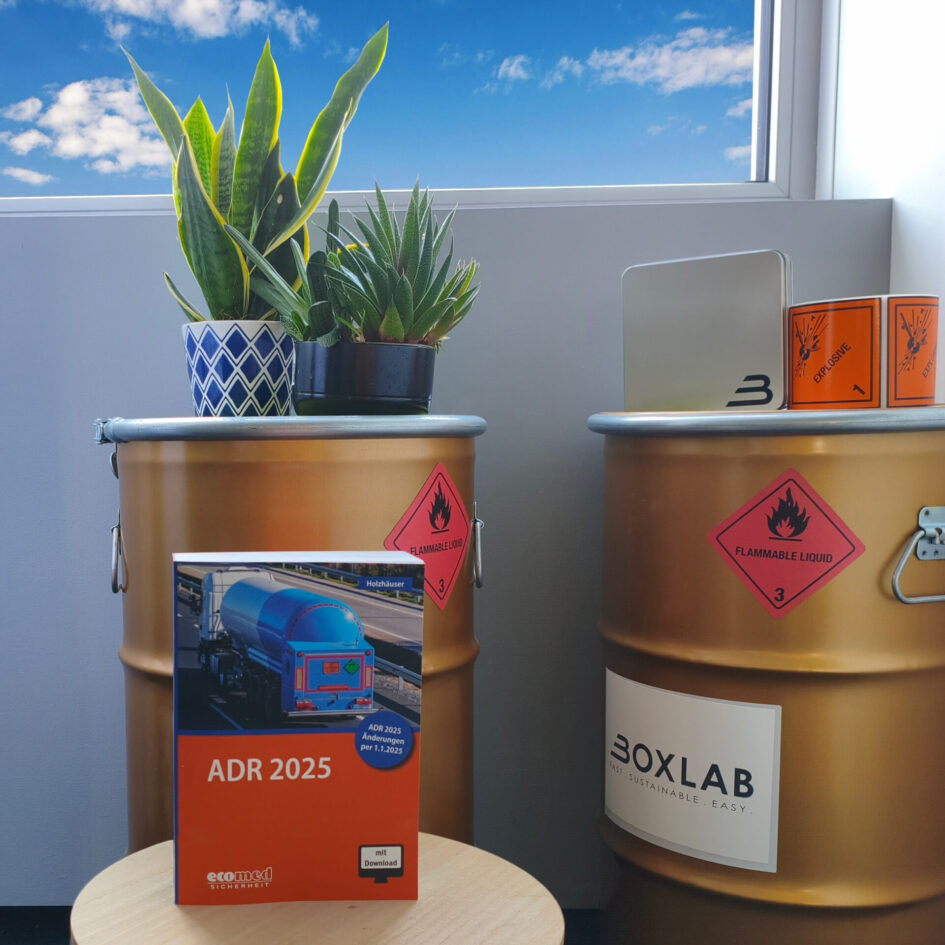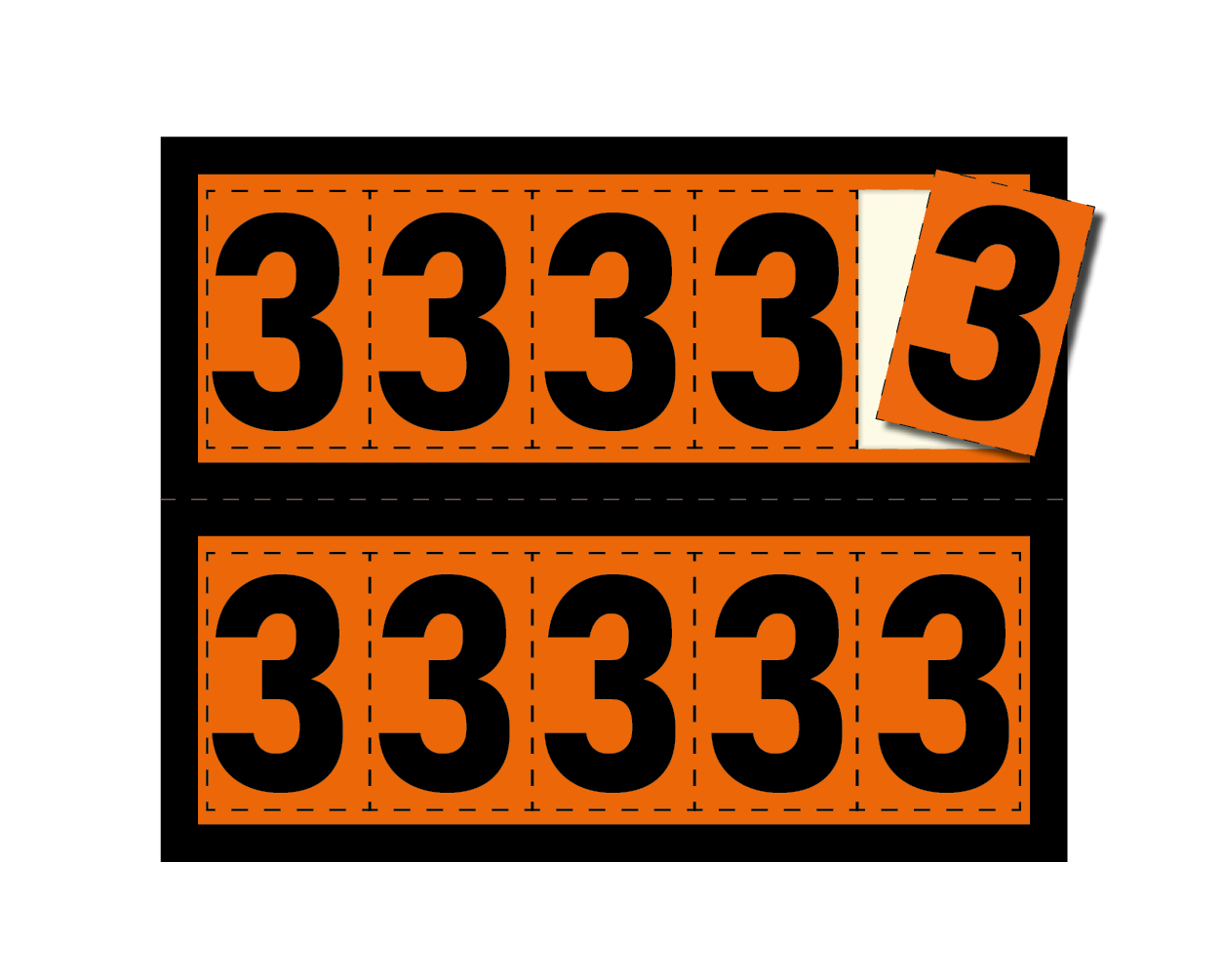New BOXLAB Services flyer available for download!Overview of our dangerous goods labels and innovative labeling solutions
New specialist knowledge section on our website: Dangerous goods, hazardous substances & moreBOXLAB Services expands its expertise: More information about dangerous goods & Co.
Why a separate specialist knowledge area?
What comes next?
New in the range: Half warning signs and single digits
Frequently asked questions (FAQ)
Warning: Undefined array key 2 in /www/htdocs/w01cdcb8/boxlab-services.com/wp-includes/class-wp-query.php on line 3403
Warning: Undefined array key 3 in /www/htdocs/w01cdcb8/boxlab-services.com/wp-includes/class-wp-query.php on line 3403
Warning: Undefined array key 4 in /www/htdocs/w01cdcb8/boxlab-services.com/wp-includes/class-wp-query.php on line 3403
Warning: Undefined array key 5 in /www/htdocs/w01cdcb8/boxlab-services.com/wp-includes/class-wp-query.php on line 3403
Warning: Undefined array key 6 in /www/htdocs/w01cdcb8/boxlab-services.com/wp-includes/class-wp-query.php on line 3403
Warning: Undefined array key 7 in /www/htdocs/w01cdcb8/boxlab-services.com/wp-includes/class-wp-query.php on line 3403
Warning: Undefined array key 8 in /www/htdocs/w01cdcb8/boxlab-services.com/wp-includes/class-wp-query.php on line 3403
Warning: Undefined array key 9 in /www/htdocs/w01cdcb8/boxlab-services.com/wp-includes/class-wp-query.php on line 3403
























